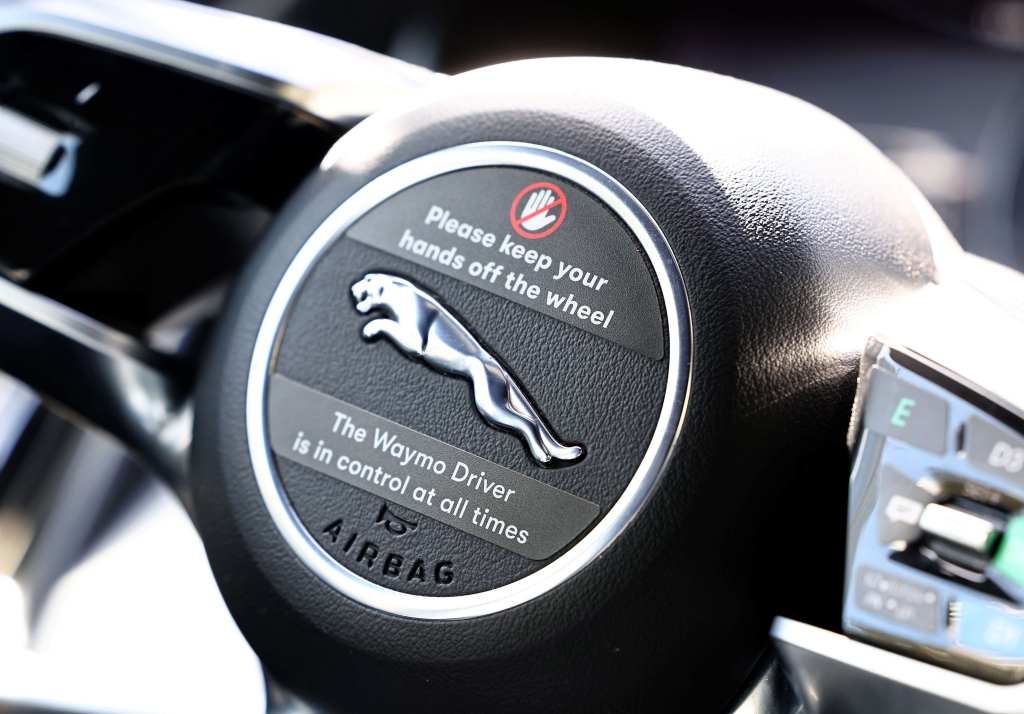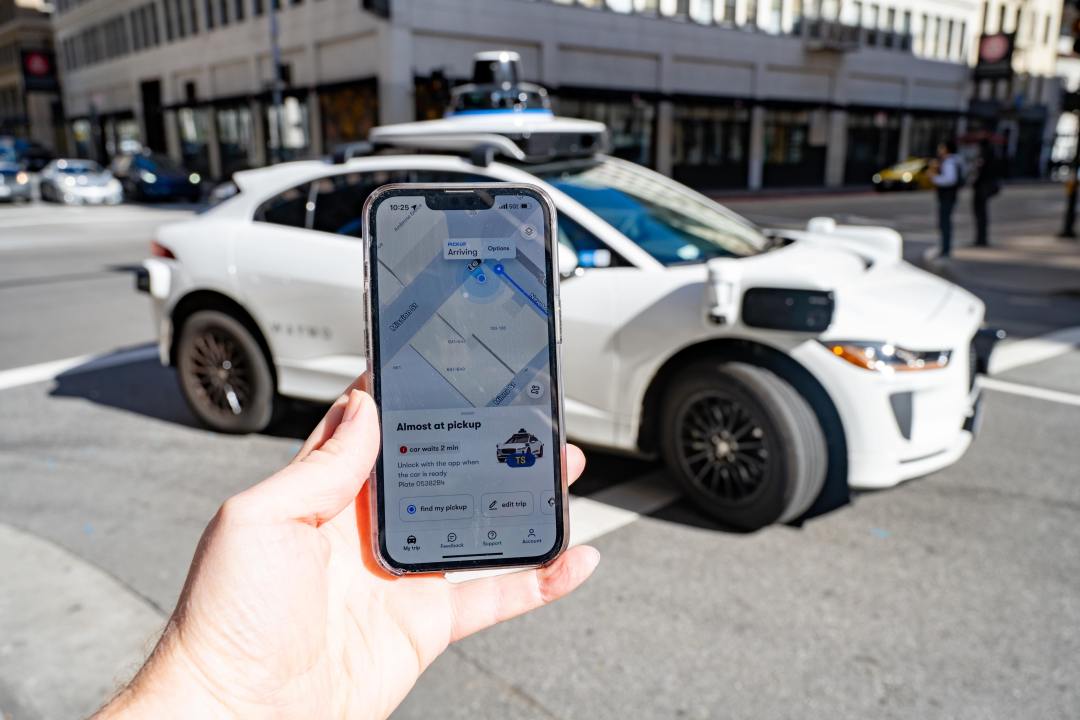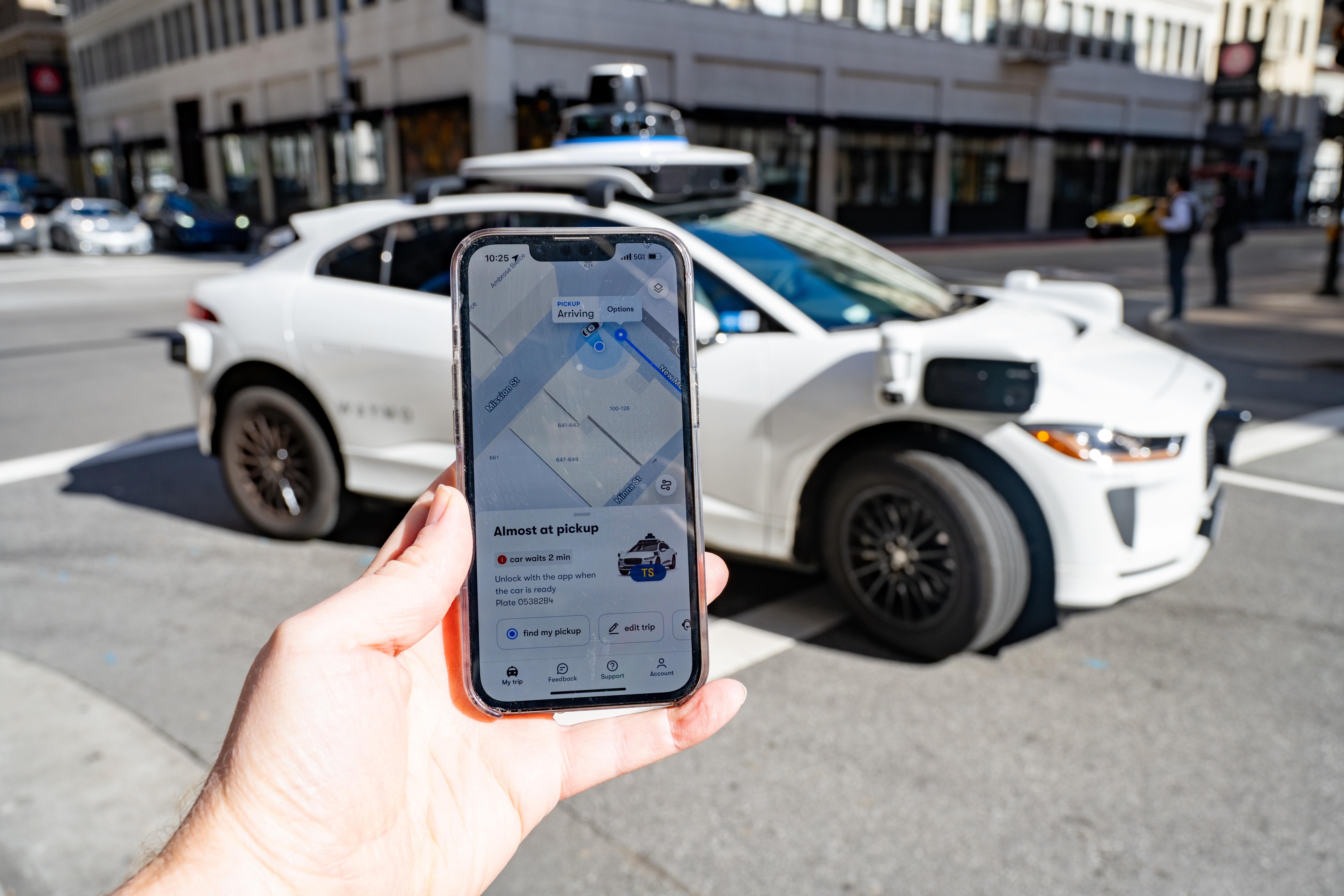No one is quite sure who invented the phrase ‘the shock of the new’. It may have been the American writer Harold Rosenberg back in the 1960s. Alternatively, it may have been the late, great Australian intellectual Robert Hughes, who used it as a title for a TV series. Whatever the answer, the phrase aptly captures a very human moment: when you encounter something so strangely and profoundly innovative you experience a visceral, emotional jolt.
Those two thinkers applied the phrase to modern art, to the first jarring encounter with impressionism, Cubism, abstract expressionism. But it can also be applied, perhaps more appositely, to the first encounter with remarkable technology. Technology, in the famous vision of Arthur C. Clarke, that is sufficiently advanced as to be indistinguishable from magic. The first people seeing a steam engine, or using a telephone, must surely have experienced the shock of the new.
I had a hefty dose of that same electricity last week, when I first climbed into a ‘self-driving’ taxi in Los Angeles – i.e. a Waymo. And it seems that, quite soon, many Londoners will be enjoying this startling new experience. Waymo’s parent company Alphabet (aka Google) have announced that trials will shortly begin in London, with paid services running by next year.
So what is it like to travel in a Waymo? First you have to master the app, which functions like Uber. You summon your Waymo from a bunch of potential cars in the area, then it tells you where to meet your robo-taxi (unlike normal taxis, Waymos have specific places to meet and drop off – usually just a block or two from where you are).
Within a few minutes your whirring white Jaguar arrives, with its dinky little rooftop helmet – like a police light but cuter. This spinny light shows the initials of your name, so you know the Waymo is yours, for now. It’s at this point that the ‘shock’ commences. Do you flag down the taxi to show that you’re ready? Can it see you? There is no one inside – but maybe it has cameras, and an AI brain?
When the car is around a metre away, your app signals ‘go’ and the car automatically unlocks. A nice robot voice then says ‘Hello Sean’, and as you buckle up inside, a touch-screen displays your destination and timings. You can also choose music, heating, windows, whatever. Now the car sets off, and this is where the shock intensifies. Just as everyone who has ever been in a plane has, at some point, heard an internal voice saying ‘No, this is wrong we will all die’, so, in a driverless car, you have an internal voice shrieking ‘No, there is no driver, we will crash at the corner’.
Of course, you don’t crash. In fact, in a Waymo you have much less chance of crashing than you do in a human-driven car. Waymos have now done enough journeys in LA, San Francisco and Phoenix that boffins are able to run the numbers. Turns out Waymos are at least 90 per cent safer than human-driven cars. That is a game changer for road safety.
Do you flag down the taxi to show that you’re ready? Can it see you? There is no one inside – but maybe it has cameras, and an AI brain?
Pretty soon you get used to the Waymo experience; after five minutes you aren’t gasping at every turn. The car is hyper-vigilant: it slows for random pedestrians, it is smoothly cautious at junctions, it is clearly aware of everything around. This is the moment when you start enjoying the fact you are in a car alone, but without the hassle of driving. If you’re anything like me you will start talking to the non-driver, calling the car rude names. Then you realise Waymos will be great for couples to have sex between meetings. Because who’s watching? Similarly, in a Waymo you can drink, rant, argue, masturbate, quote Hitler, praise Satan and Mao, change all your clothes, whatever you like – you are entirely alone. Just leave it clean at the end.
At the conclusion of my first Waymo ride – from SoFi stadium in LA to a downtown bar near Sunset – I confess I was slightly elated. The shock of the new had turned into the joy of the superior. Because Waymos are very clearly superior to ordinary taxis. Not just safer, but calmer, smoother, quieter (or louder, if you want the music way up). There is no pressure to talk to a chatty driver; there is no risk he or she will rant about politicians, pedestrians or Portuguese chefs. Nor will he scarily look at his phone as you veer all over the boulevard. Waymos put you in a serene cocoon of blissful solitude. Like the best kind of haircut.
The most surprising emotion I took from my first Waymo journey was the ardent desire to take another one, rather than a normal taxi. And so it was, from then on, whenever I needed a West Coast ride I deliberately sought out a Waymo, even if I had to wait a bit longer or pay a bit more. And the data shows that I am not alone.

Waymos are a huge hit in America’s big cities, because customers are – like me – willing to fork out more money, and accept a longer wait, to travel in one (this despite the early drawbacks: they can’t go on freeways, they can’t go precisely door to door, etc). This is particularly true for women. Putting it bluntly, a Waymo is not going to sexually assault you, even if you are blind drunk at 3 a.m.
The upshot? There are said to be 120,000 people driving cabs, in some form, in London. If I was one of those drivers I would start looking for a new career, ASAP. Yes, there will likely always be a need for human drivers in certain situations – helping disabled people into a vehicle and so forth – but for the majority of cases, Waymos will be better, and better will win the economic duel.
All of which says the shock of the new will also mean the shock of the suddenly jobless. What is everyone going to do?








Comments